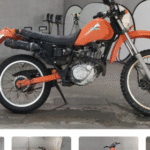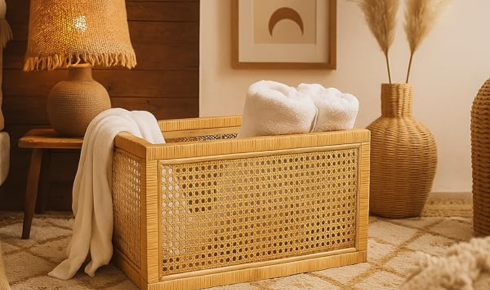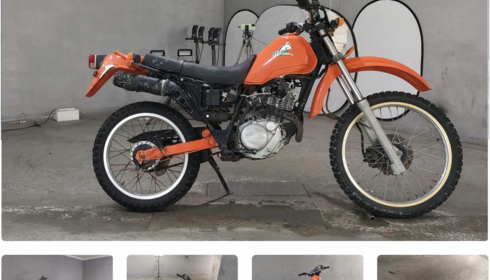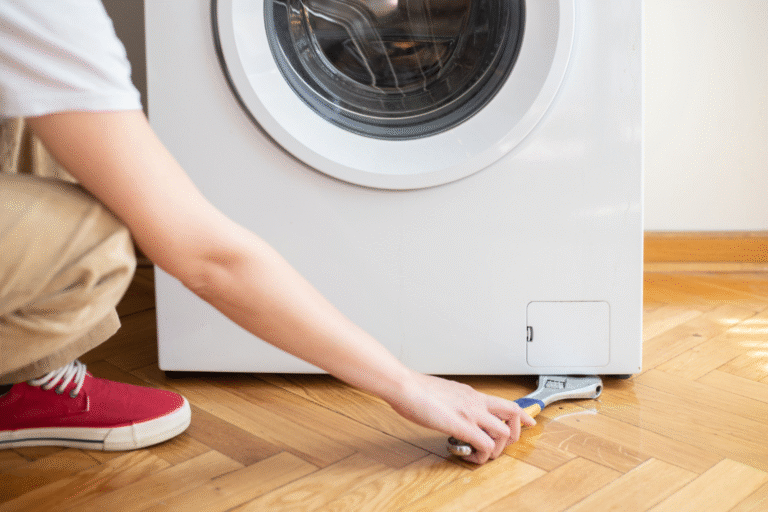Cane has been a staple in furniture and décor for centuries, admired for its durability, flexibility, and timeless aesthetic. Among the many ways cane is used, cane webbing and cane mesh have gained significant popularity in modern interior design. These materials offer a perfect blend of functionality and style, making them ideal for furniture, decorative panels, and creative DIY projects. Whether you are furnishing a traditional home or designing a contemporary space, cane webbing and mesh provide a natural, sophisticated touch.
Cane webbing refers to thin, flexible strips of rattan woven into a patterned sheet. It is widely used in furniture making, especially for chairs, headboards, cabinet doors, and decorative panels. The weaving patterns can range from simple straight lines to intricate designs, allowing artisans to create visually appealing and structurally sound furniture. Cane webbing adds texture, warmth, and an organic feel to interiors, making it a popular choice among designers looking to incorporate natural elements into their spaces.
cane mesh, on the other hand, consists of interconnected strands of cane forming a grid-like structure. It is often used in furniture, partitions, screens, and even ceilings to provide ventilation, light diffusion, and decorative appeal. Cane mesh is both lightweight and durable, making it easy to install and maintain. Its open structure allows for creative applications, from classic woven furniture to modern artistic designs. Both cane webbing and cane mesh highlight the flexibility of rattan as a material, offering endless possibilities for furniture makers and interior decorators.
One of the key benefits of using cane webbing and cane mesh is sustainability. Cane is a fast-growing, renewable resource, harvested primarily from tropical regions in Southeast Asia. Using these materials reduces reliance on hardwoods, making them an eco-friendly option. Additionally, cane is biodegradable and requires minimal chemical processing, contributing to environmentally conscious living. Many suppliers now ensure that their cane products are ethically sourced, supporting local artisans and sustainable forestry practices.
Aesthetic appeal is another major reason for the growing popularity of cane webbing and mesh. The natural color and texture of cane complement a wide range of interior styles, from rustic and traditional to contemporary and minimalist. Furniture and décor pieces made from cane webbing or mesh add warmth, depth, and elegance to spaces. For instance, a cane-webbed chair or cabinet door can serve as a focal point in a living room, while a cane mesh partition can subtly divide a space without obstructing light or airflow.
Durability and maintenance make cane webbing and mesh practical as well as beautiful. When properly treated, they resist wear, moisture, and insect damage. Regular dusting, occasional polishing with natural oils, and avoiding prolonged exposure to water are sufficient to keep these materials looking fresh for years. Minor repairs, such as reweaving loose strands, can be easily performed, further extending the life of cane furniture and decorative elements.
Versatility is another strength of cane webbing and mesh. They can be used in furniture, cabinetry, wall panels, room dividers, or even as creative DIY décor projects. Their lightweight nature allows easy handling and installation, while the natural flexibility of cane ensures that furniture remains comfortable and ergonomically friendly. Customization options, including weaving patterns, finishes, and sizes, allow homeowners and designers to create pieces tailored to specific spaces and styles.
In conclusion, cane webbing and cane mesh offer a perfect combination of elegance, durability, and sustainability. Their natural beauty, functional design, and eco-friendly properties make them a top choice for furniture makers, designers, and homeowners seeking timeless interior solutions. From woven chairs and headboards to decorative panels and partitions, cane webbing and mesh enhance any space with sophistication and warmth. Investing in these materials not only brings aesthetic value but also supports sustainable craftsmanship and responsible design practices.













